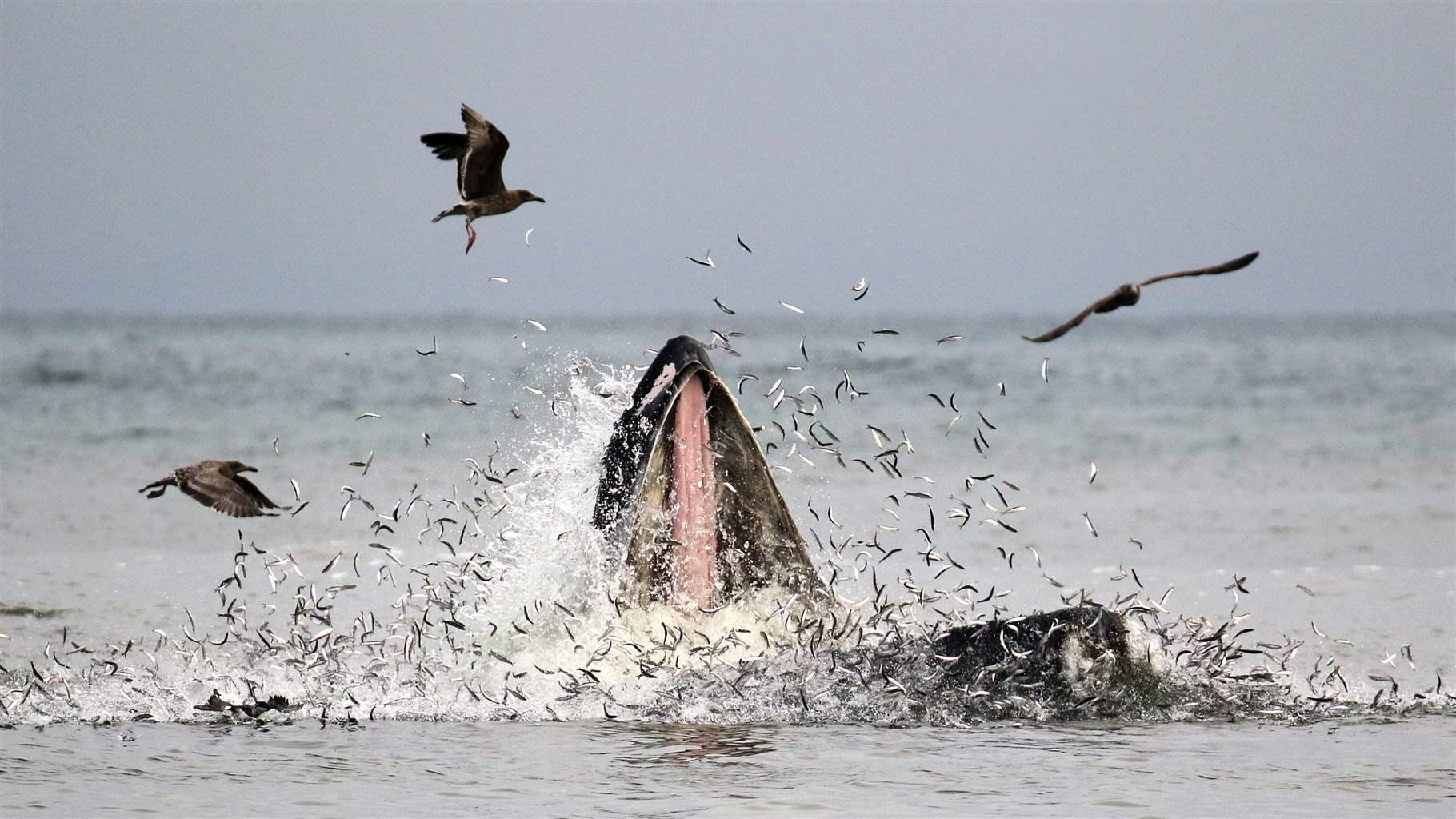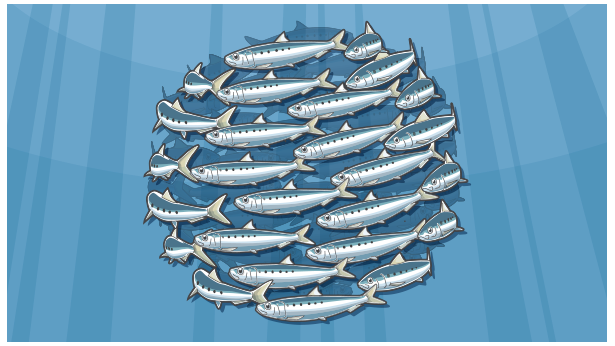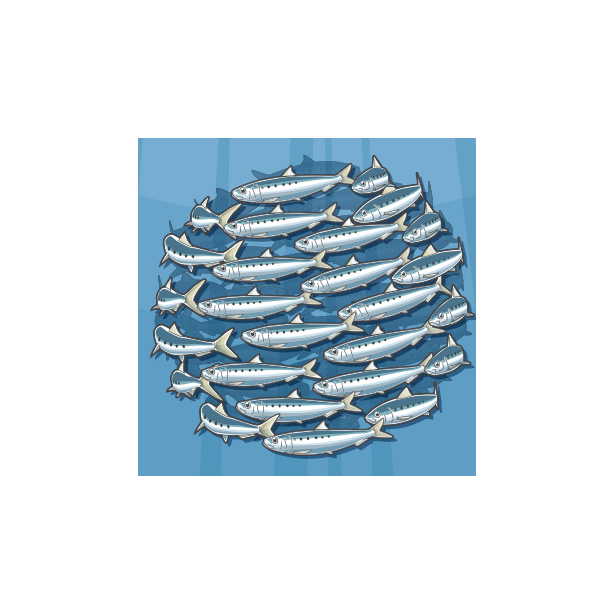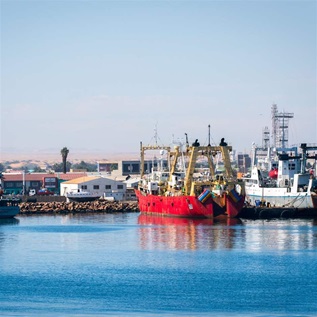Outdated Fisheries Policy Puts West Coast Anchovy at Risk
Pacific council should use updated fish counts to manage vital species

Northern anchovies are no ordinary fish. Found off the coast of California, these small, nutrient-rich fish have been identified by scientists as the most important prey for dozens of other marine wildlife species—from albacore tuna and chinook salmon to least terns and humpback whales. When it comes to the Pacific Ocean food web, anchovies truly are one of a kind.
Beyond their vital role in West Coast marine ecosystems, anchovies stand out for another reason. They are one of just a handful of Pacific Ocean species that are managed with fixed catch limits based on decades-old information. This means fishery managers essentially “set it and forget it” when it comes to anchovy fishing limits, and that can put the species and its predators at risk. So even if the anchovy population rises or falls dramatically over just a couple of years—which is precisely what this species does naturally—the amount of fish that can be caught by commercial boats remains unchanged.
For example, the current catch limit for California’s anchovy population has been on the books for two decades and is based on information collected between 1964 and 1990—data that have no bearing whatsoever on today’s population. This approach can work when anchovy numbers are high. But when the population collapses, as it did between 2009 and 2016, failing to lower the catch limit can put anchovies and the wildlife that depend on them for food at risk.
Thankfully, there is an alternative to this frozen-in-time approach: active management. That entails regular population estimates and provides fishery managers with the ability to adjust catch limits and other key measures based on timely information. If northern anchovy were to join the ranks of actively managed species, which include Pacific sardine and Pacific mackerel, managers could respond to significant changes in anchovy abundance by raising and lowering catch limits accordingly. And because scientists with the National Oceanic and Atmospheric Administration’s National Marine Fisheries Service continue to improve methods for estimating anchovy numbers, managers now have the data they need to set limits that correspond to the size of the population.
At its Nov. 5 meeting in San Diego, the Pacific Fishery Management Council will decide whether to change the way it manages northern anchovy and other important forage fish. The council should take this opportunity to begin actively managing all of these species. With active management based on readily available, up-to-date information, managers can lower the risk that the West Coast anchovy fleet will overfish the species when numbers are low while raising the likelihood that enough prey will stay in the water for marine wildlife from California to Washington.
Paul Shively directs The Pew Charitable Trusts’ work on ocean conservation in the Pacific.











